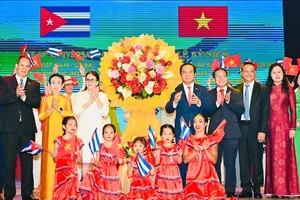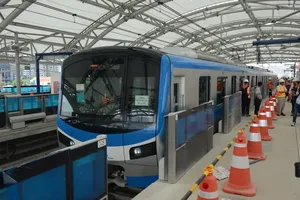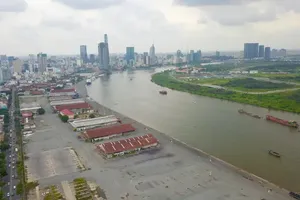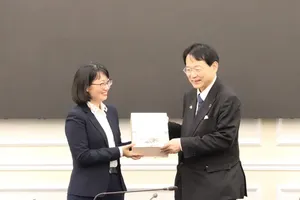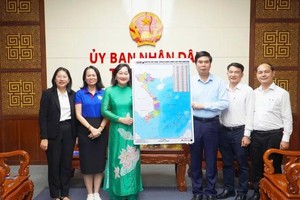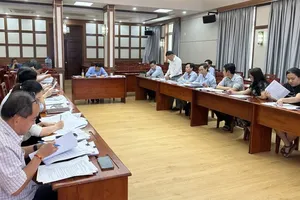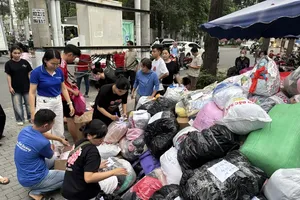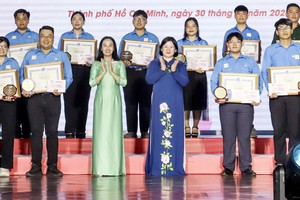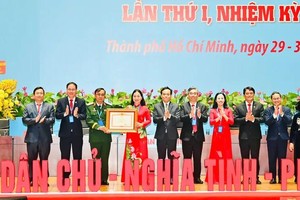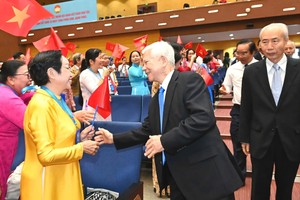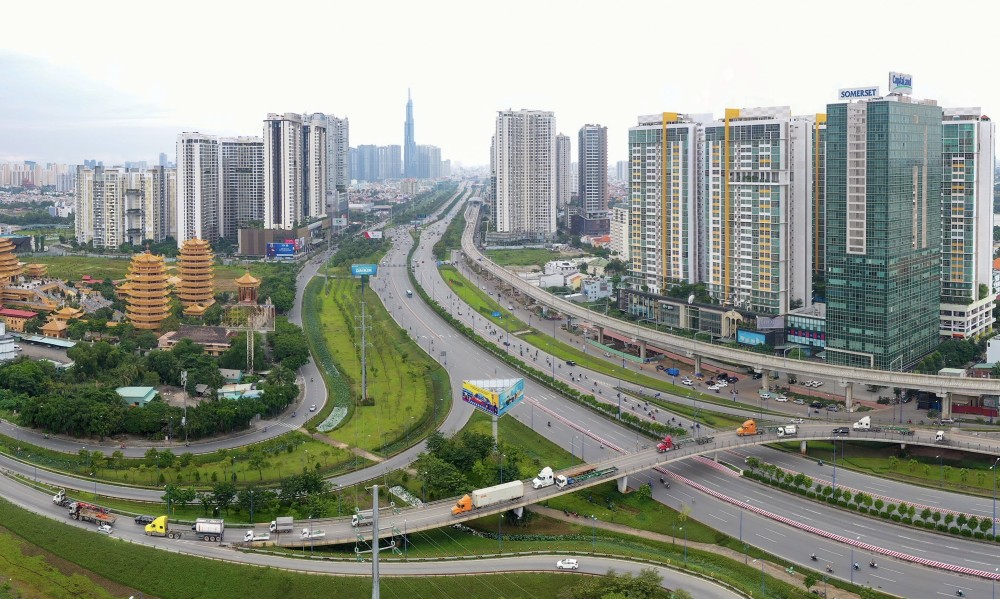
After the National Assembly approved Resolution 98/2023/QH15 on piloting a number of specific mechanisms and policies for the development of Ho Chi Minh City to allow the city to carry out a pilot urban development model associated with TOD, the southern metropolis has urgently implemented above-mentioned plans and projects for development.
The city has updated the experience from other countries in the world such as Japan, South Korea, China, Singapore, and the US which have been applying TOD successfully to handle traffic congestion and boost urban development.
Immediately after the Resolution 98 took effect, Ho Chi Minh City has urgently implemented projects and plans to implement this model by paying business trips to countries around the world, Ho Chi Minh City leaders spent a lot of time learning about the TOD model and listening to countries’ experience in using TOD.
Specifically, during a business trip to Japan at the end of September 2023, Chairman of Ho Chi Minh City People's Committee Phan Van Mai visited the Shibuya re-planning area, which is considered a model in TOD development and is one of 23 special areas in Tokyo.
Shibuya is known through the bustling commercial area around Shibuya station, one of the busiest traffic spots in Tokyo. Chairman Phan Van Mai learned experiences on how to plan and organize TOD systems around the station and construction works that are considered symbols of Shibuya in implementing the TOD model.
In addition to learning experiences from other countries, Ho Chi Minh City leaders also organized many activities to collect opinions from domestic and foreign experts to implement this model.
At the Advisory Council meeting to implement the Resolution 98 in mid-December 2023, Associate Professor Vu Anh Tuan, Director of the Center for Transportation Research at Viet-German University, said that the development of TOD along the metro line in Ho Chi Minh City will mark an innovation and breakthrough for the city’s development.
According to Associate Professor Vu Anh Tuan, the southern largest city has a huge opportunity for development according to the TOD model because the city's metro lines are planned to go from the city center to the suburbs. Therefore, Ho Chi Minh City applies TOD to beautify existing urban areas and develop new compact, high-density urban areas.
Director of the Institute of Planning and Development Research Dang Huy Dong also commented that Ho Chi Minh City is working on a project to develop an urban railway system with the goal of building 220km metro by 2035. To achieve this goal, Ho Chi Minh City needs the right to prepare and approve a 1/500 plan for the metro system according to the TOD station area. There are resources to auction project development rights, creating investment revenue to build the metro system.
The development of metro lines also needs to be combined with urban development and beautification of the TOD area.
Having participated in building a TOD model in Shanghai City (China), architect Ngo Viet Nam Son shared that developing this model takes a long time because the city must finish year-long steps such as project planning, land acquisition, and auction to recover capital to the budget for infrastructure development.
Architect Ngo Viet Nam Son took the example of metro line No. 1 for illustration. He said that the completed and put-into-operation project is only 1/4 of the way of the TOD model. Next, Ho Chi Minh City needs to develop a connecting transportation system and infrastructure to attract people and businesses to participate in production, business and living along the metro route.
He commented that although the implementation of transportation system connection and other tasks is very difficult, Ho Chi Minh City will not only serve the city but also serve the development of the whole country if it succeeds. Furthermore, when the model for metro line No. 1 is carried out, other TOD projects will be very convenient.
Director of Ho Chi Minh City Department of Transport Tran Quang Lam shared that in the immediate future, the city will pilot this model in the area of Metro Line 1 station and build intersections under the Ring Road 3 project, then it will be applied to many other projects.
According to Mr. Tran Quang Lam, Ho Chi Minh City is building a project to develop the urban railway system until 2035 according to the Politburo’s Conclusion 49. Therefore, the city will have a project to specify the TOD development roadmap associated with the future urban railway system development project. Meanwhile, Director of the Department of Planning and Investment of Ho Chi Minh City Nguyen Thanh Nha informed that the State and people will join hands in developing TOD.
Currently, the department is reviewing the land fund around the metro station No. 1, the Ring Road 3. Aside from that, special mechanisms and policies are needed for people and businesses’ participation in the implementation of this model; thereby, creating resources, especially land resources.
Regarding the land fund, after the Department of Natural Resources and Environment reviews vacant land and improperly used land, the Department of Planning and Architecture will balance and increase related targets such as commercial functions, allowing population growth to build housing, improve the surrounding environment which can create a land fund to form urban areas along public transport routes, mobilizing resources for socio-economic development.


